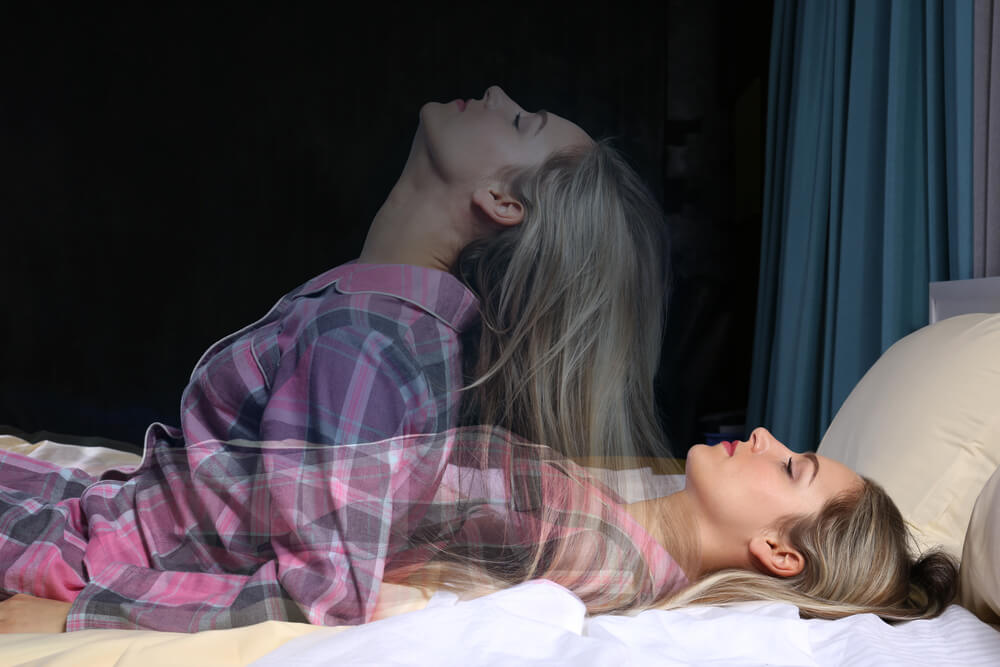Extracorporeal experiences include a set of phenomena as fantastic as they are complex, imagine seeing your body from the outside or feeling floating, here are some of the sensations that make up this phenomenon.
However, although the explanations have long been tribal and mystical, we now know that the cause is in our brains.
- Extracorporeal experiences are perceptual phenomena that include experiences of illusory movement.
- Among them we can highlight: flying.
- Falling.
- Floating and seeing ourselves from the outside.
These dissociative experiences are linked to neurological and psychological factors, which occur in both healthy individuals and individuals with a certain pathology.
The phenomenon can be divided into two types of experience with well-defined characteristics:
Extracorporeal experiences are often associated with altered states of consciousness. Many authors compare the phenomenon to characteristic sleep states, with a large component of imagination.
In addition, it is an abnormal process of multisensory integration in which the individual is aware of the situation, so vestibular, motor and sensory systems are fundamental to dealing with them.
When one of the above systems is modified, predisposition to an extracorporeal experience is greater, sleep-related disorders, drug use and brain injury can create ideal conditions for these phenomena.
Among the phenomena associated with sleep, we can point out
For centuries, these experiments have been related to the paranormal, which is not strange, because our ancestors did not have the tools to study them.
Today we know that this phenomenon is caused by a distortion of one’s body image, in which cognitive processes such as memory, self-perception and imagination are involved.
Just as this experience is organic, there are also psychological factors closely related to the phenomenon, among them, what stands out most is personality.
Several studies have shown that these experiences are more common in individuals who have a high degree of fantasy and openness to experience, this relationship shows that experiences can also be fostered by suggestion and personality characteristics.
The phenomenon can also be artificially induced, which is one of the greatest evidence of its cerebral cause. The most effective techniques are:
This phenomenon usually occurs in states in which brain activity is similar to that of sleep, but in which the individual retains consciousness.
People who meditate regularly can more easily reproduce these experiences, which some call “astral journeys. “As a result, Theta waves usually proliferate in extreme states of relaxation, such as meditation.
The authors Jalal and Ramachandran propose that the mirror neuron system be so connected that it allows a virtual third-person view.
Mirror neurons are activated simply by seeing the other person perform an action, connecting to the upper centers to anticipate or symbolically mimic them.
Connecting these neurons to the cerebral cortex and related pathways would allow them to “separate from the body” under sensory impairment conditions.
Out-of-body experiences involve nervous and motor systems, cognitive functions, and personality traits; at the same time, it is a phenomenon that, although it occurs naturally in certain circumstances, can also be pathological.
Therefore, provoking these experiences is not necessarily healthy and can pose a danger, as they are also associated with psychotic seizures.
As a phenomenon associated with the paranormal, for many years people have refused to consult a specialist for fear of being considered crazy, however, understanding the true causes of the phenomenon is an important first step in treating it properly.

